
Introduction: Medinet Habu
Medinet Habu Perched on the western bank of the majestic Nile River in Luxor, Egypt, the breathtaking temple complex of Medinet Habu awaits discovery. This archaeological marvel is a living testament to the extraordinary grandeur and architectural mastery of ancient Egypt. Join us on an enlightening expedition through the annals of time as we unravel the rich history, profound significance, and captivating intricacies that lie within the ruins of Medinet Habu.
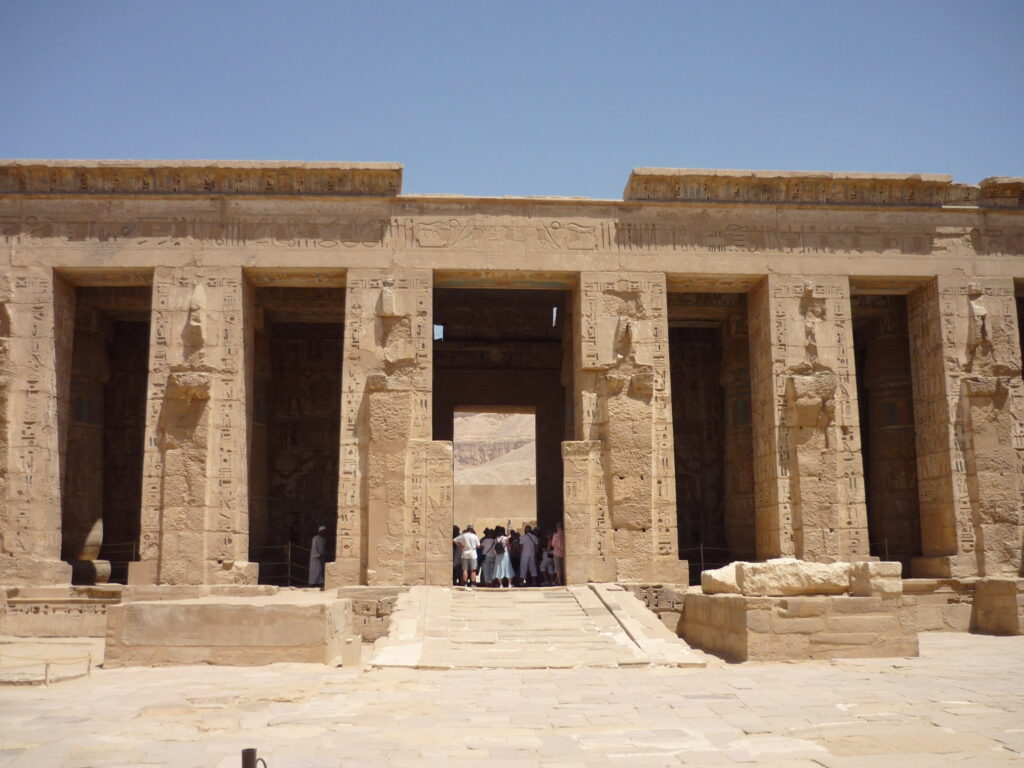
This sacred site, steeped in millennia of history, holds the echoes of a civilization that once flourished along the banks of the Nile. The very stones beneath your feet bear witness to the triumphs and tribulations of a bygone era. Medinet Habu stands not only as a testament to the audacious vision of its builders but also as a window into the spiritual and cultural tapestry of ancient Egypt.

As we step onto this hallowed ground, we embark on a voyage through the epochs, guided by the enigmatic remnants of a temple complex designed to immortalize the legacy of Pharaoh Ramesses III. Each weathered stone and intricately carved frieze has a story to tell, a message from a civilization that sought to leave an indelible mark on the annals of human history.

The significance of Medinet Habu extends far beyond its formidable sandstone walls. It was a place of worship, a center of administration, and a testament to the deep-seated religious convictions of its creators. The temple complex’s architectural prowess is evident in every meticulously placed block, every ornate carving, and every secret chamber waiting to be explored.
Join us on this remarkable journey, where the past comes alive and the legacy of ancient Egypt beckons us to uncover its mysteries. Together, we will traverse the sands of time, unraveling the ancient enigmas that Medinet Habu so generously bestows upon those who seek its wisdom.
Table of Contents
- Ancient Marvels: Unearthing Medinet Habu
- The Historical Significance of Medinet Habu
- Architectural Marvels: Exploring the Temple Complex
- Religious and Cultural Significance
- The Great Ramesseum: A Parallel Legacy
- Medinet Habu Through the Ages
- Preserving the Legacy: Restoration Efforts
- Visitor’s Guide: Navigating Medinet Habu Today
- Conclusion: Medinet Habu – A Gateway to Egypt’s Past
1: Ancient Marvels: Unearthing Medinet Habu
1.1 Discovering Medinet Habu
As the sun ascends, its early rays gently kiss the weathered stones of Medinet Habu, painting them in a mystical hue that has enchanted explorers, scholars, and wanderers for generations. This expansive sanctuary, sprawling across more than 80,000 square meters, stands as a mesmerizing testament to an age-long past where history, artistry, and architectural genius converge in breathtaking harmony.

Within this vast expanse lies a trove of secrets and stories, etched into the very fabric of Medinet Habu’s ancient stones. Each step upon its hallowed ground is a step back in time, communion with a civilization that once thrived along the banks of the Nile. Here, the echoes of Pharaoh Ramesses III’s reign reverberate through the centuries, speaking volumes about the grandeur and sophistication of ancient Egyptian culture.
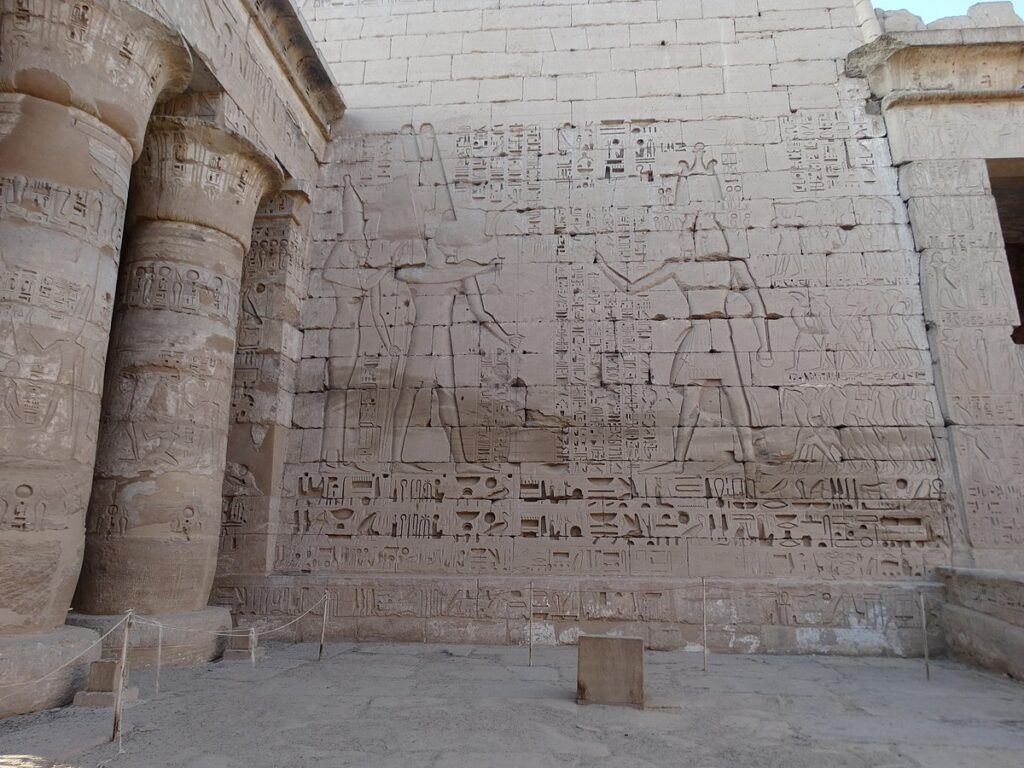
The intricate carvings and hieroglyphics adorning the temple’s walls serve as a living chronicle, recounting tales of divine ascension and triumphant conquests. Every block, every column, and every sacred chamber within this architectural marvel tells a story, inviting those who tread upon this sacred ground to unravel the mysteries that lie within.
As you stand before the formidable walls of Medinet Habu, you are not merely a spectator; you are a time traveler, transported to an era of unparalleled artistic achievement and spiritual devotion. The very air seems to resonate with the energy of a bygone civilization, inviting you to delve deeper into its history and significance.
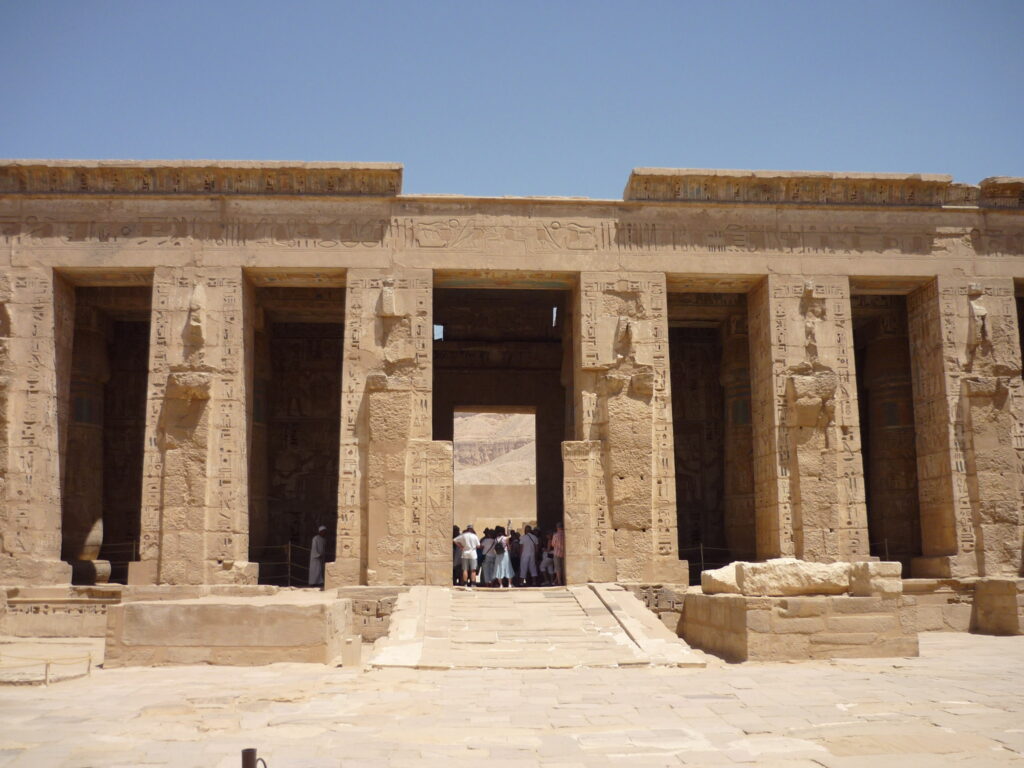
In the presence of Medinet Habu, one cannot help but be humbled by the ingenuity and vision of its creators. It is a sanctuary that transcends the bounds of time, offering a profound glimpse into the heart and soul of ancient Egypt. With every visit, a new layer of understanding unfolds, affirming that this sprawling complex is not just a monument but a living testament to the enduring legacy of a remarkable civilization.
1.2 The Origins: Who Built Medinet Habu?
In the illustrious 12th century BCE, at the zenith of the New Kingdom era, Pharaoh Ramesses III issued the command for the creation of Medinet Habu. This monumental endeavor was conceived as a mortuary temple, a sacred tribute to the deity Amun, and a fitting commemoration of the reign and triumphs of Ramesses III.

Under the pharaoh’s decree, the temple complex emerged as a testament to the profound religious and cultural significance that marked ancient Egyptian society. Its construction represented not only a physical edifice but also a spiritual conduit, bridging the mortal realm with the divine.
The dedication to the god Amun, revered as the king of the deities, imbued Medinet Habu with a sanctity that resonated through its every stone. It stood as a place of veneration, where offerings and prayers were bestowed in reverence to the divine, cementing the enduring connection between the earthly realm and the gods that watched over the kingdom.
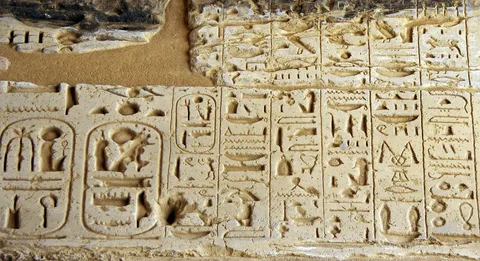
Ramesses III, with discerning foresight, envisioned Medinet Habu as an eternal testament to his legacy. It was to be a place of eternal repose where his spirit would forever find solace amidst the sacred halls and courtyards. The temple’s grandeur and meticulous craftsmanship were not only a reflection of the pharaoh’s power and authority but also an expression of his devotion to the divine and his people.
As you walk through the hallowed halls of Medinet Habu, you walk in the footsteps of the ancient pharaohs, tracing the contours of their beliefs, aspirations, and unwavering faith. Each stone, each carving, and each inscription tells the story of a civilization deeply intertwined with its spiritual heritage, leaving an indelible mark on the sands of time.
1.3 Architectural Splendors
The design of Medinet Habu stands as a resounding tribute to the ingenious architectural prowess of ancient Egypt. At its heart lies a central temple, encircled by a formidable mud-brick enclosure wall of monumental proportions. This encasing fortification, adorned with meticulously etched reliefs and inscriptions, bore significance on both practical and symbolic levels.
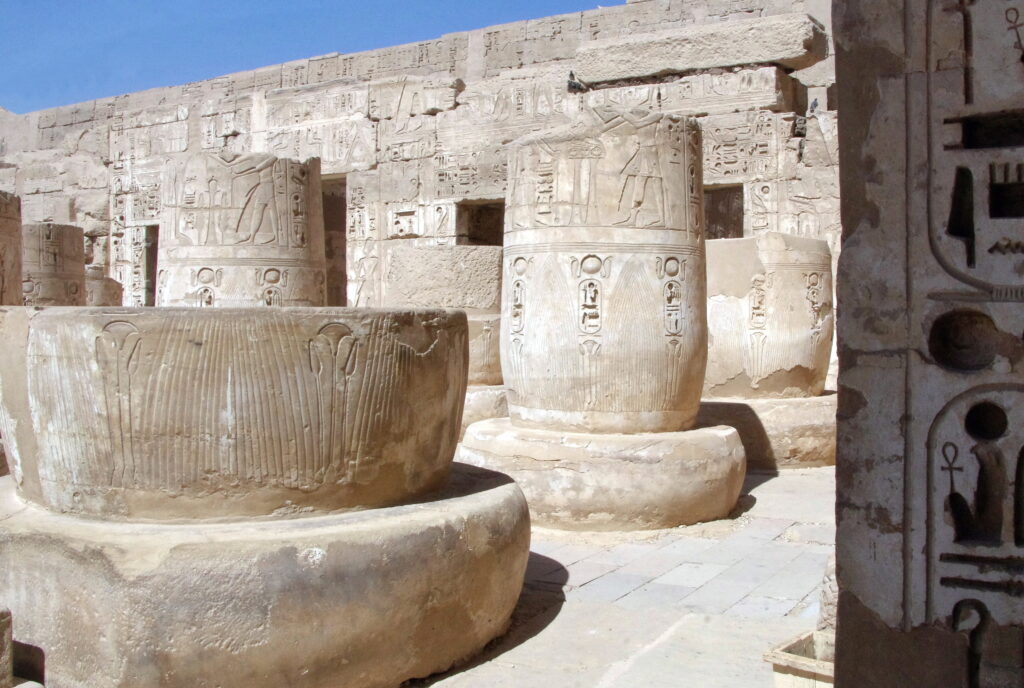
In the meticulous layout of Medinet Habu, one finds a harmonious marriage of form and function. The colossal mud-brick wall, a sentinel of history, not only fortified the sacred grounds but also conveyed a potent visual statement of power and grandeur. Its sheer size and imposing stature bore witness to the unwavering dedication of the ancient craftsmen who meticulously erected this monumental edifice.
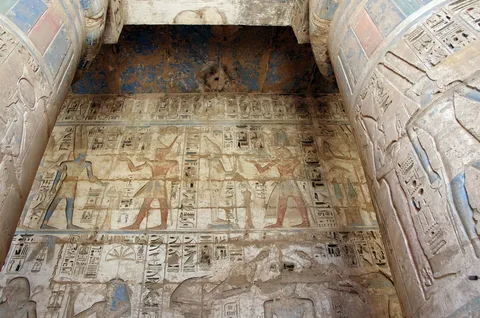
Yet, beyond its practical defensive role, the enclosure wall of Medinet Habu served as a canvas of profound symbolism. Each intricately carved relief and meticulously etched inscription held the keys to a narrative that transcended mere stone and mortar. It recounted the divine lineage of pharaohs, the triumphant exploits of Ramesses III, and the sacred rites that unfolded within the temple’s hallowed precincts.
As you stand before the majestic walls of Medinet Habu, you are met not only with a testament to ancient engineering but also with a tableau of a civilization’s deepest beliefs and aspirations. The very stones seem to resonate with the echoes of an era long past, whispering the the the the secrets of a culture that sought to leave an indelible mark on the tapestry of human history.
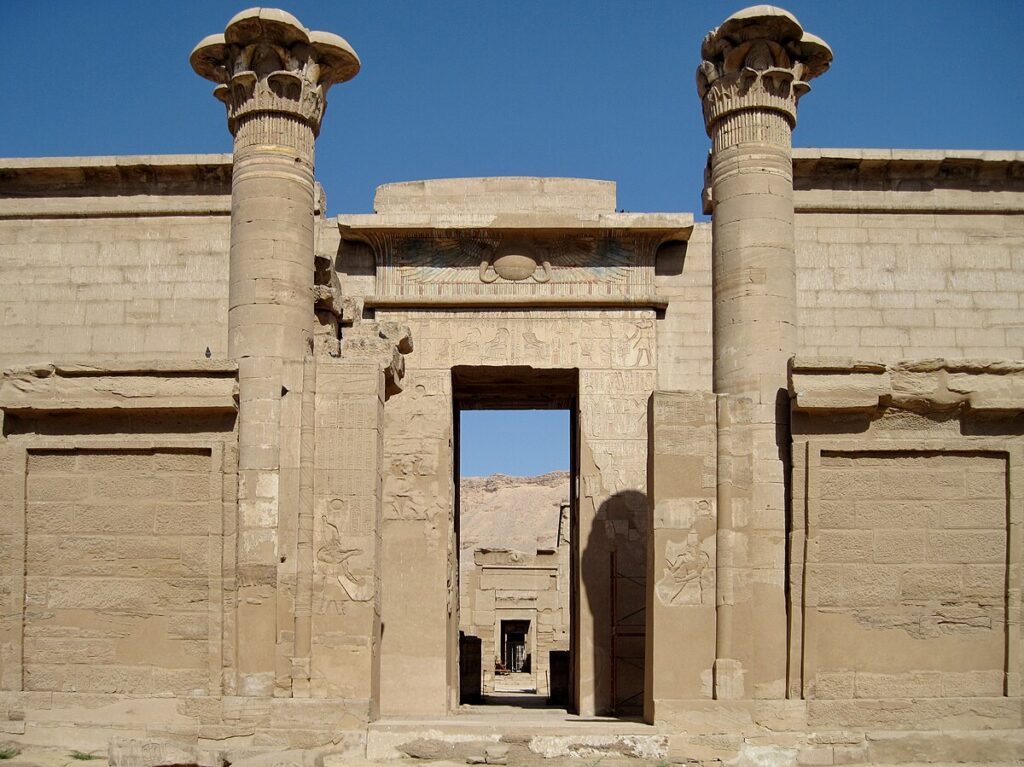
In the interplay of architectural magnificence and profound symbolism, Medinet Habu emerges as a living testament to the remarkable fusion of art, engineering, and spirituality that defined ancient Egyptian culture. It invites modern explorers to step into a world where every stone tells a story, and every carving holds a piece of a narrative that continues to captivate and inspire across the ages.
1.4 The Majesty of the Mortuary Temple
The central temple at Medinet Habu stands as an awe-inspiring architectural triumph, boasting towering sandstone walls, majestic pylons, and hieroglyphics preserved with impeccable precision. Within its hallowed confines, each stone bears witness to a narrative that spans the ages, recounting the divine lineage of pharaohs and the resounding triumphs of Ramesses III.
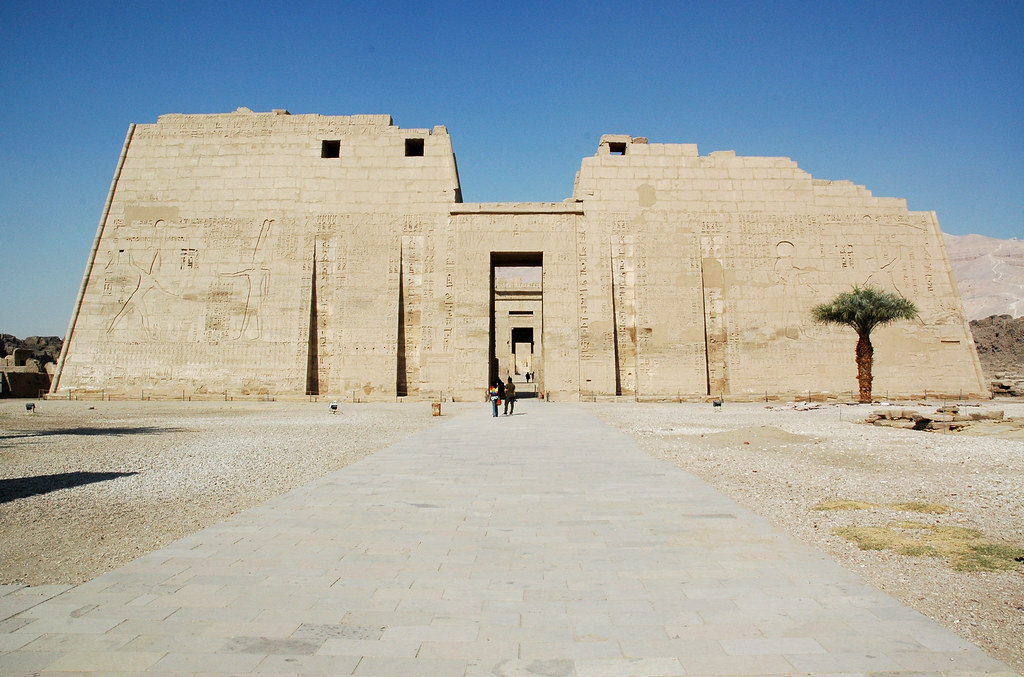
The sheer magnitude of the sandstone walls that define the central temple is nothing short of a testament to the ancient masons’ unparalleled skill and vision. These colossal structures rise proudly, their weathered surfaces a testament to the eons they have withstood. They form the fortress of Medinet Habu, guarding the sacred precincts within.
Towering pylons, carved with intricate detail, flank the entrance to the temple, standing as sentinels to this sanctuary of history. They serve not only as architectural marvels but also as guardians of the profound significance held within. Their height and grandeur evoke a sense of reverence, inviting visitors to step into a realm where the mortal and the divine converge.

The hieroglyphics that adorn the walls are more than mere inscriptions; they are a living script of ancient Egypt’s vibrant past. Each symbol, meticulously chiseled into the stone, tells a story. They narrate the divine right bestowed upon pharaohs, the sacred rituals that unfolded within these walls, and the victorious exploits of Ramesses III, immortalizing his reign for eternity.
As you stand within the central temple of Medinet Habu, you are not merely surrounded by stones; you are enveloped in a living chronicle of a civilization that flourished along the banks of the Nile. Every surface, every carving, and every inscription invites you to delve deeper into the annals of history, to trace the steps of those who came before, and to glean insights into the cultural and spiritual tapestry of ancient Egypt.
1.5 The Enigma of the Medinet Habu Complex
Stretching beyond the central temple, Medinet Habu holds within its enigmatic embrace a trove of concealed chambers, secluded courtyards, and sacred sanctuaries. These clandestine spaces, veiled from casual sight, were once hallowed grounds dedicated to an array of deities and served as vital administrative centers during the ancient era.
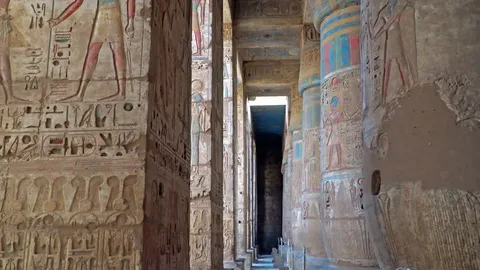
These hidden chambers, like secret archives of a bygone age, whisper tales of devotion and reverence. Each chamber, carved from the living rock, bears the weight of history, preserving the echoes of prayers and rituals that once resonated within. They are portals to a time when the boundaries between the mortal and the divine were blurred, and the sacred and the worldly coexisted harmoniously.
Secluded courtyards, nestled within the labyrinthine expanse of Medinet Habu, offer solace and contemplation. These serene spaces, shielded from the outside world, provided a haven for introspection and communion with the gods. Their design was not mere happenstance; it was a deliberate architectural testament to the profound spiritual connection that defined ancient Egyptian culture.
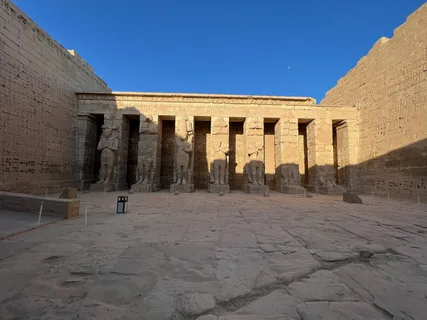
The sanctuaries, cradled within the temple’s embrace, were dedicated to a pantheon of deities revered in the ancient Egyptian cosmology. Within their sacred confines, rituals were performed, offerings were made, and the divine was invoked. These sanctuaries were the beating heart of Medinet Habu, where the spiritual essence of the temple complex found its most potent expression.
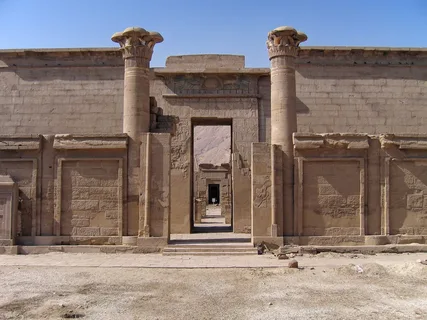
In addition to their religious significance, these concealed spaces served as vital administrative hubs during antiquity. They were the nerve centers of a thriving civilization, where matters of governance and record-keeping found their locus. Within these walls, decisions were made, decrees were written, and the practical affairs of the kingdom were meticulously managed.
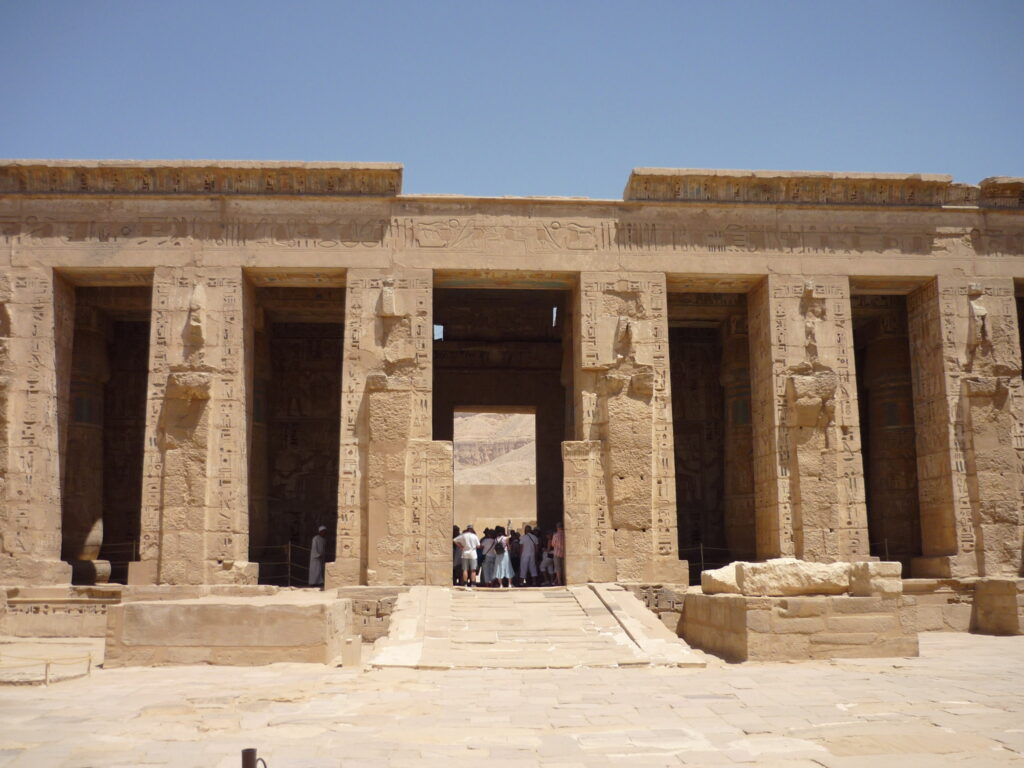
As we venture into these hidden recesses of Medinet Habu, we step into the shadows of an ancient world, where every stone tells a story, and every chamber holds a piece of the tapestry that defined a civilization. It is a privilege to uncover these concealed spaces, to walk in the footsteps of those who once sought solace and governance within these hallowed walls.
Conclusion:
In the fading light of day, as the echoes of history reverberate through the ancient stones of Medinet Habu, one cannot help but be profoundly moved by the weight of time and the legacy it cradles. This sprawling complex, a testament to the grandeur and spiritual depth of ancient Egypt, transcends mere architectural marvels. It is a living chronicle, a tapestry woven with threads of devotion, triumph, and cultural richness.
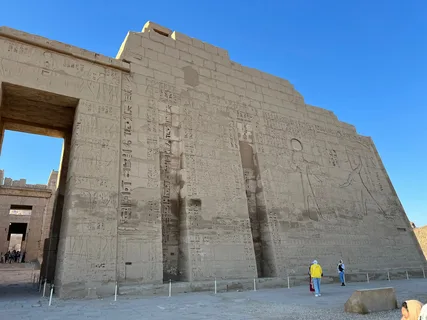
As we conclude our journey through Medinet Habu, we are reminded that this sanctuary is more than a collection of stones; it is a bridge to the past, a portal through which we glimpse the aspirations and beliefs of a civilization that thrived along the banks of the Nile. Each inscription, each carving, and each hidden chamber bears witness to a culture deeply intertwined with its spiritual heritage.
As we draw the curtains on our exploration of Medinet Habu, we are struck by the realization that this sacred enclave transcends mere stone and mortar. It stands as a living bridge to history, a doorway granting us a precious glimpse into the dreams and convictions of a civilization that flourished along the Nile’s embrace. Every etching, every carving, and every concealed chamber reverberates with the echoes of a culture intricately woven with its spiritual legacy.
The central temple, with its towering pylons and meticulously preserved hieroglyphics, speaks of the divine right of pharaohs and the victories of Ramesses III. It stands as a beacon of ancient ingenuity, a monument to a society that revered both the mortal and the divine.
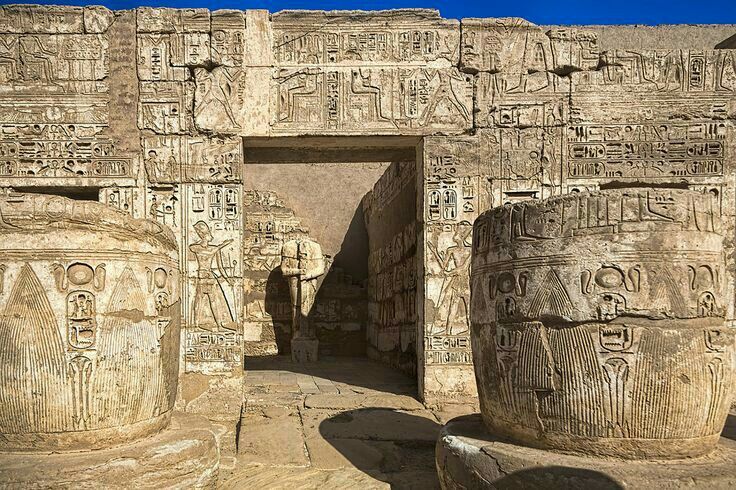
Yet, beyond the central temple’s formidable walls lie concealed spaces, once dedicated to a pantheon of deities and administrative centers that drove the wheels of a thriving kingdom. These hidden chambers and secluded courtyards serve as a reminder of the profound reverence with which the ancient Egyptians approached matters of the spirit and the state.
Medinet Habu is a testament to the enduring human quest for connection, both with the sacred and the temporal. It is a place where the earthly and the divine converged, where the legacy of a pharaoh found its eternal repose, and where the echoes of an ancient civilization continue to resonate.

As we depart from this sacred ground, we carry with us not only the memories of Medinet Habu but also a deeper understanding of the profound depths to which humanity can aspire. It is a privilege to have walked in the footsteps of those who came before, to have touched the stones that bore witness to their triumphs and tribulations. May the legacy of Medinet Habu continue to inspire generations to come, as a beacon of the enduring human spirit.
Medinet Habu, with its solemnity and grace, imparts to us a profound appreciation for the heights to which humanity can ascend. As we bid adieu to this sacred ground, we carry not only memories, but a deeper understanding of the human spirit’s boundless potential. It has been a privilege to walk the paths of those who came before us, to touch the stones that bore witness to their triumphs and tribulations. Each step was a communion with history, a reverent acknowledgment of the legacy that dwells within these ancient walls.
This sanctuary is more than a collection of stones; it is a living testament to a civilization that once thrived along the banks of the mighty Nile. It is a bridge, a portal through which we glimpse the aspirations, the beliefs, and the fervent spirituality of a people whose echoes still resonate through time. Inscriptions etched into the walls, carvings that tell stories of gods and kings, and hidden chambers that guard secrets of an age gone by—all these bear witness to a culture deeply entwined with its spiritual heritage.
The central temple, a masterpiece of architectural prowess, stands as a testament to the divine rights of pharaohs and the triumphs of Ramesses III. Its towering pylons and meticulously preserved hieroglyphics speak volumes about the reverence this society held for both the mortal and the divine. Here, amidst these ancient walls, one can almost feel the pulse of a civilization that once thrived in grandeur and spiritual devotion.
This encounter with Medinet Habu has been more than a mere historical journey; it has been a communion with the essence of humanity itself. It is a reminder that across the vast expanse of time, our predecessors aspired, achieved, and faced their own trials. We are united by this shared pursuit of something greater, something beyond the confines of our mortal existence. It is a torchbearer for the indomitable human spirit, a legacy that transcends epochs.
As we depart, we carry with us not just the physical traces of Medinet Habu, but also the intangible essence of a civilization that, though ancient, still pulses with life through the stories it tells. May this sanctuary continue to inspire generations yet to come, serving as a guiding light in their own journeys of discovery and understanding. In the footsteps of those who came before, we find not just history, but a reflection of ourselves, a testament to the enduring potential that resides within us all.

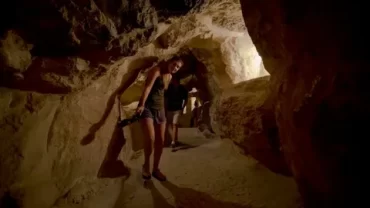
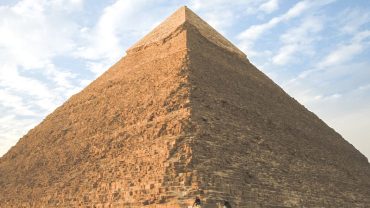
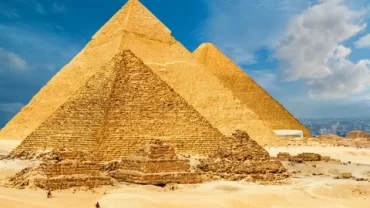

Comment (0)